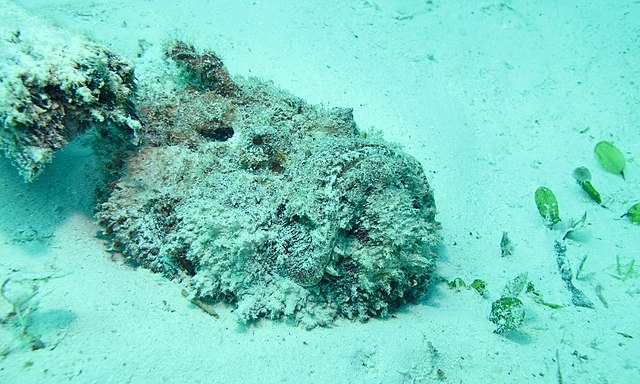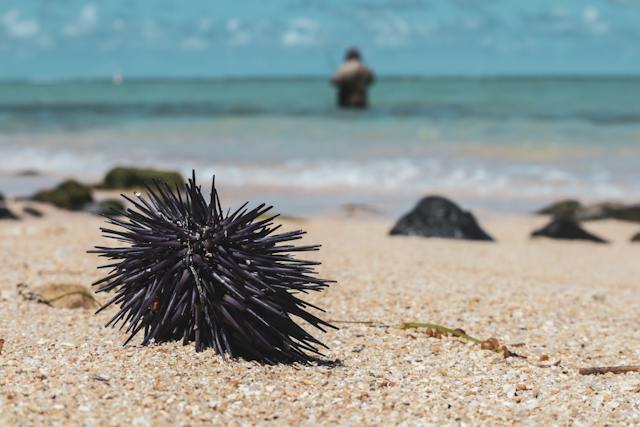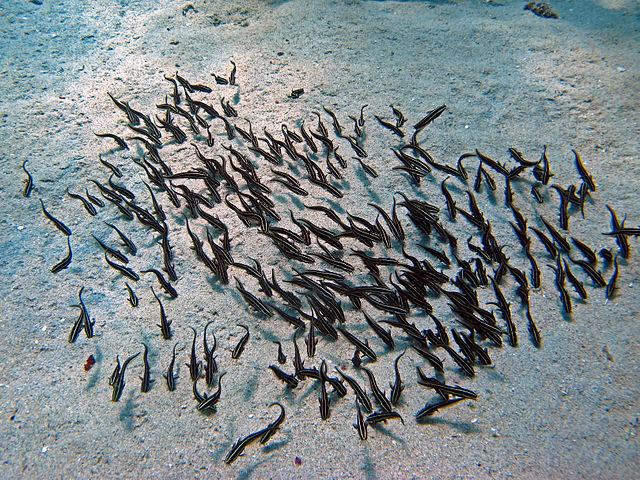Swimming in Mauritius
Learn about the best places to swim and also the dangers to avoid while swimming in the sea in Mauritius.
Topics in this article:
Popular beaches for swimming
Pereybere Beach
This beautiful and popular public beach is located on the northern coast of the island and is known for its stunning white sandy beach and clear turquoise waters. A must-visit destination for those seeking a tropical paradise with a combination of natural beauty, and various water sports and activities, including snorkeling, windsurfing, kayaking, and paddleboarding.
Flic en Flac Beach
This stunning stretch of white sand and turquoise waters is one of the most popular places to swim in Mauritius. It’s known for its calm waters, making it ideal for families with children
Belle Mare Beach
This long, wide beach is another popular swimming spot, with calm waters that are perfect for parasailing, swimming, snorkeling, and windsurfing.
Le Morne Beach
This secluded beach is tucked away in the southwestern part of the island and is a great place to escape the crowds. The waters here are known for their clear visibility, making it ideal for snorkeling. Well known spot for Kite-surfing.
Trou aux Biches
Located in the northwest part of the island, Trou aux Biches boasts calm and shallow waters, making it ideal for swimming and snorkeling. The beach is also known for its beautiful coral reef.
Ile aux Cerfs
This small island off the east coast of Mauritius is known for its stunning beaches and clear waters. Visitors can enjoy a day trip to the island and spend the day swimming and lounging in the sun.
Best time of the year to swim
The best time to swim in Mauritius is from November to April, when the waters are warm and the weather is sunny. During this time, the temperature of the ocean averages around 27 - 29°C, making it perfect for swimming and other water activities.
| Month | Jan | Feb | Mar | Apr | May | Jun | Jul | Aug | Sep | Oct | Nov | Dec |
|---|---|---|---|---|---|---|---|---|---|---|---|---|
| Min °C | 26.3 | 27 | 27.1 | 26.7 | 25.5 | 23.9 | 23.3 | 22.8 | 22.7 | 23.1 | 23.6 | 25.3 |
| Max °C | 28.6 | 29.4 | 29.8 | 28.4 | 27.9 | 26.4 | 25.4 | 24.6 | 24.2 | 24.8 | 26.5 | 28 |
The sea around Mauritius is characterised by crystal-clear waters, vibrant coral reefs, and a diverse marine life. The island is surrounded by both lagoons and open seas, each of which offers a different swimming experience.
The lagoons around Mauritius are sheltered by coral reefs, which protect the waters from strong ocean currents. As a result, the waters in the lagoons are mostly calm and clear, making them ideal for swimming, snorkeling, and other water activities. These lagoons are also home to an abundance of colourful marine life, making them popular with visitors who want to explore the underwater world.
In contrast, the open seas around Mauritius can be more challenging for swimmers. The strong currents, combined with the deeper waters, can make swimming in the open seas quite risky. However, these areas are also home to a variety of marine life, including dolphins, whales, and sharks, making them popular with divers.
Dangers to avoid
Although the waters in Mauritius are generally calm and safe, there are a few dangers to be aware of. There were 43 reported deaths from drowning in Mauritius in 2020 and reports of Stonefish or Jellyfish stings are not rare.
There are no lifeguards on public beaches in Mauritius.
Strong currents
Although the sea may look calm, there are strong, invisible currents in the lagoons and open seas around Mauritius. The Mauritian sea claims many lives every year. It’s important to be cautious in the Mauritian sea and to be aware of and stay away from zones with currents and swells. The reefs around the island have openings which create 'channels' or 'passes' with currents connecting the lagoon and open sea.
Swimming conditions in Mauritius can change rapidly and unexpectedly with sudden changes in weather and tides throughout the day. Locals are likely aware of the potential dangers associated with specific swimming areas. It's advisable to consult with locals regarding the safety and characteristics of the area where you plan to swim.
Always swim within designated areas and never swim alone or unsupervised. The Mauritius Beach Authority usually displays a sign indicating the dangers in an area, such as strong currents, heavy swells, boat traffic or open sea
Stonefish
The Stonefish is a venomous fish species that can be found in the sea around Mauritius. With its camouflage, resembling a bumpy rock or sand, it blends in with its surroundings. It often lies still and motionless on the sand, rocks or corals making it hard to spot.

Stonefish are highly venomous, and their venom can cause severe pain, tissue damage, and sometimes even death if not treated promptly.
When swimming or walking in coastal areas, wear footwear and avoid stepping on anything resembling rocks or coral.
If stung by a stonefish you must seek immediate medical assistance. Call 114 for SAMU (Service d’Aide Médicale Urgente) ambulance. Note the time of the sting.
The stonefish is locally called "laffe la boue" in Creole, and "Poisson-pierre" in French.
Jellyfish
During certain times of the year, jellyfish can be found in the waters around Mauritius, and they can cause painful stings.
The highly venomous Box jellyfish is also occasionally found in the waters of Mauritius.
If you are stung by a jellyfish in Mauritius, seek medical attention immediately, especially if you were unable to identify the type of jellyfish. Call 114 for SAMU ambulance.
The National Coast Guard informs the public through the media whenever there are jellyfish sightings in lagoons. The French-language Defimedia.info website is one among many news websites that inform the public.
How to check for Jellyfish alerts
To see the latest jellyfish alert:
- Visit www.defimedia.info.
- Search for the term "méduses" (the French word for jellyfish).
- Refer to the latest articles and check the date and location of the most recent sightings.
- Use a translator like Google Translate if required.
Sea Urchins

Sea urchins are also quite common in Mauritius and you should avoid stepping on them.
Striped Eel Catfish

You will also want to maintain a safe distance from the Striped Eel Catfish (locally known as "Masouran") if you ever encounter them, as they possess highly venomous spines that can cause painful stings. Watch a YouTube video.
Protecting yourself
It's generally a good idea to wear footwear such as extra sturdy and thick-soled reef shoes/sandals for protection against stonefish and sea urchins. (Thin reef shoes don't provide sufficient protection as stonefish spines pierce through them. Watch a YouTube Video.)
Wetsuits, rashguards, swimming gloves and shoes can reduce chances or severity of jellyfish stings.
Before going for a swim in Mauritius, it is important to check a few key things to ensure a safe and enjoyable experience:
Weather conditions
Check for any weather warnings, such as high winds or storms that could make the water conditions dangerous.
See the Mauritius Meteorological Services website for general weather forecast and look out for High Waves warnings. Ask your hotel if there have been any weather warnings related to the sea.
Tides and currents
Check for any strong tides or currents in the area where you plan to swim. Avoid swimming in areas with strong currents or in areas that are designated as off-limits. Ask your hotel or locals about tides and currents in the area.
Check the news for Jellyfish alerts.
Ask your hotel or locals if there has been a jellyfish alert in the region where you plan to swim.
Beach conditions
Check the beach conditions for anything that does not look right, including a lack of bathers. Make sure that you are aware of any signs indicating safe and dangerous areas.